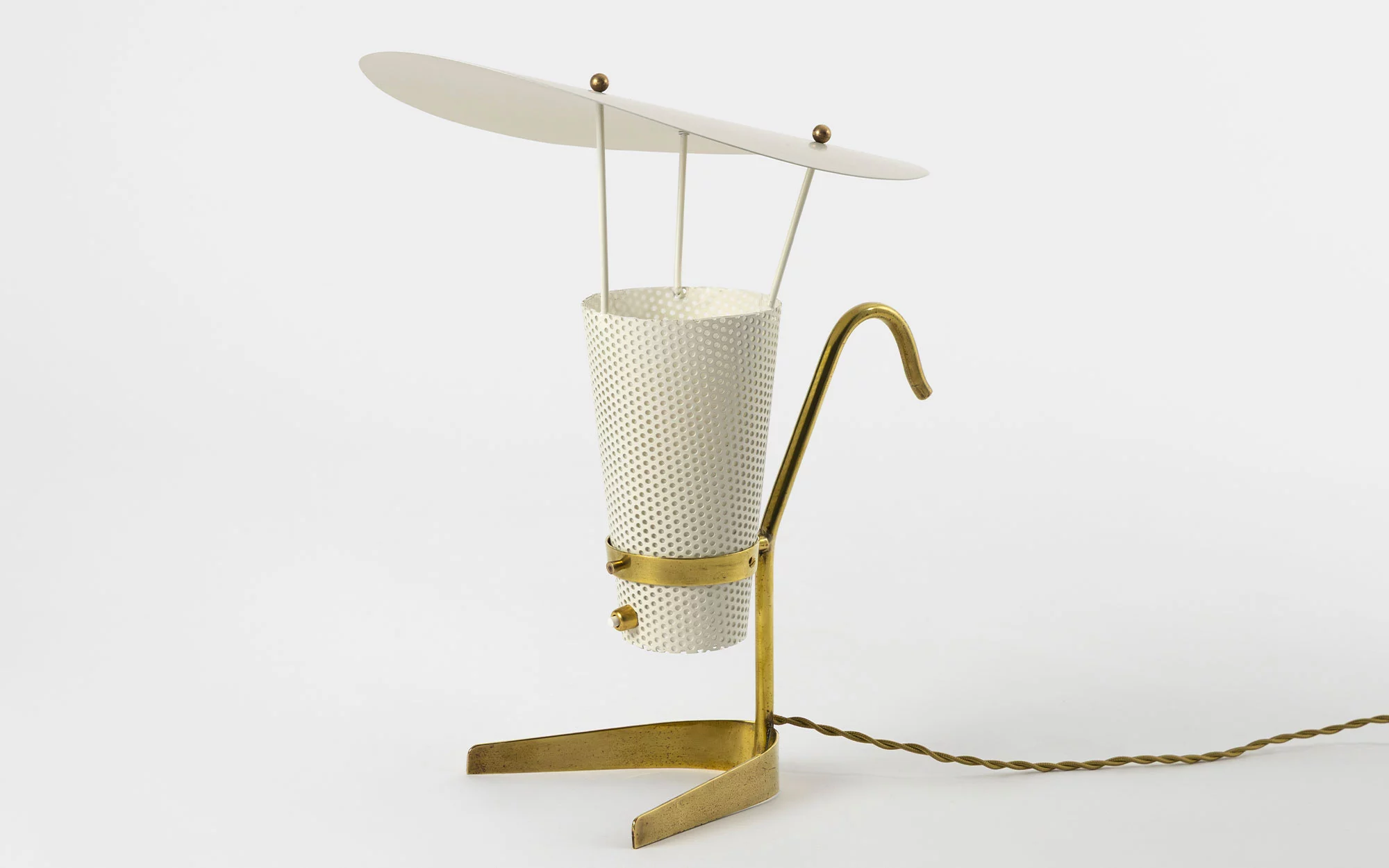
Achille Castiglioni
Italy — b. 1918 — d. 2002
Biography
Achille Castiglioni studied architecture at the Milan Polytechnic, graduating in 1944. Alongside his studies, he worked with his two brothers Livio (1911-1979) and Pier Giacomo (1913-1968) in their design studio in Milan. There, he began to experiment with shape, technique and new materials, resulting in a new process of integrated conception. Together, the Castiglioni brothers developed a new creative process following the rationalist principle ‘‘where you could not do less’’ – the search for the most minimalist form closely linked with the primary functions of the object in its simplest state...
Achille Castiglioni studied architecture at the Milan Polytechnic, graduating in 1944. Alongside his studies, he worked with his two brothers Livio (1911-1979) and Pier Giacomo (1913-1968) in their design studio in Milan. There, he began to experiment with shape, technique and new materials, resulting in a new process of integrated conception. Together, the Castiglioni brothers developed a new creative process following the rationalist principle ‘‘where you could not do less’’ – the search for the most minimalist form closely linked with the primary functions of the object in its simplest state.
Like some of their younger architect colleagues (Ettore Sottsass and Marco Zanuso), lack of architectural projects led the Castiglioni brothers to take on design projects for Italian manufacturers wishing to boost their activity after the war. Livio left the home studio to found his own in 1952. Four years later, Achille created ADI (Associazione per il Disegno Industriale), which is still in activity.
During the 1950’s and 60’s, the brothers Achille and Pier Giacomo Castiglioni received many commissions from manufacturers such as Flos (for lighting) and Alessi, Knoll and Zanotta (for furniture). They also designed exhibition spaces (such as the Triennale of Milano) and continued their research into new materials and technologies. The ‘‘cocoon skin’’, for example, which they used for several lights, is made from polymer fibres.
The death of Pier Giacomo in 1968 put an end to this fruitful collaboration. At this time, Achille began a new career as a teacher (first at the Facoltà de Architettura of Torino, then at the Facoltà de Architettura of the Milan Polytechnic), spreading his principles among the new generation of Italian designers.
Achille Castiglioni was awarded seven Compasso d’Oro, for iconic pieces including the lamppost Luminator (1955) and seat T12. Some of his creations have become design classics and are exhibited in museums (MoMA, Victoria & Albert Musuem, Vitra Design Museum…) and still made today, testifying how much he contributed to the evolution of lighting in the twentieth century’s history of design.

